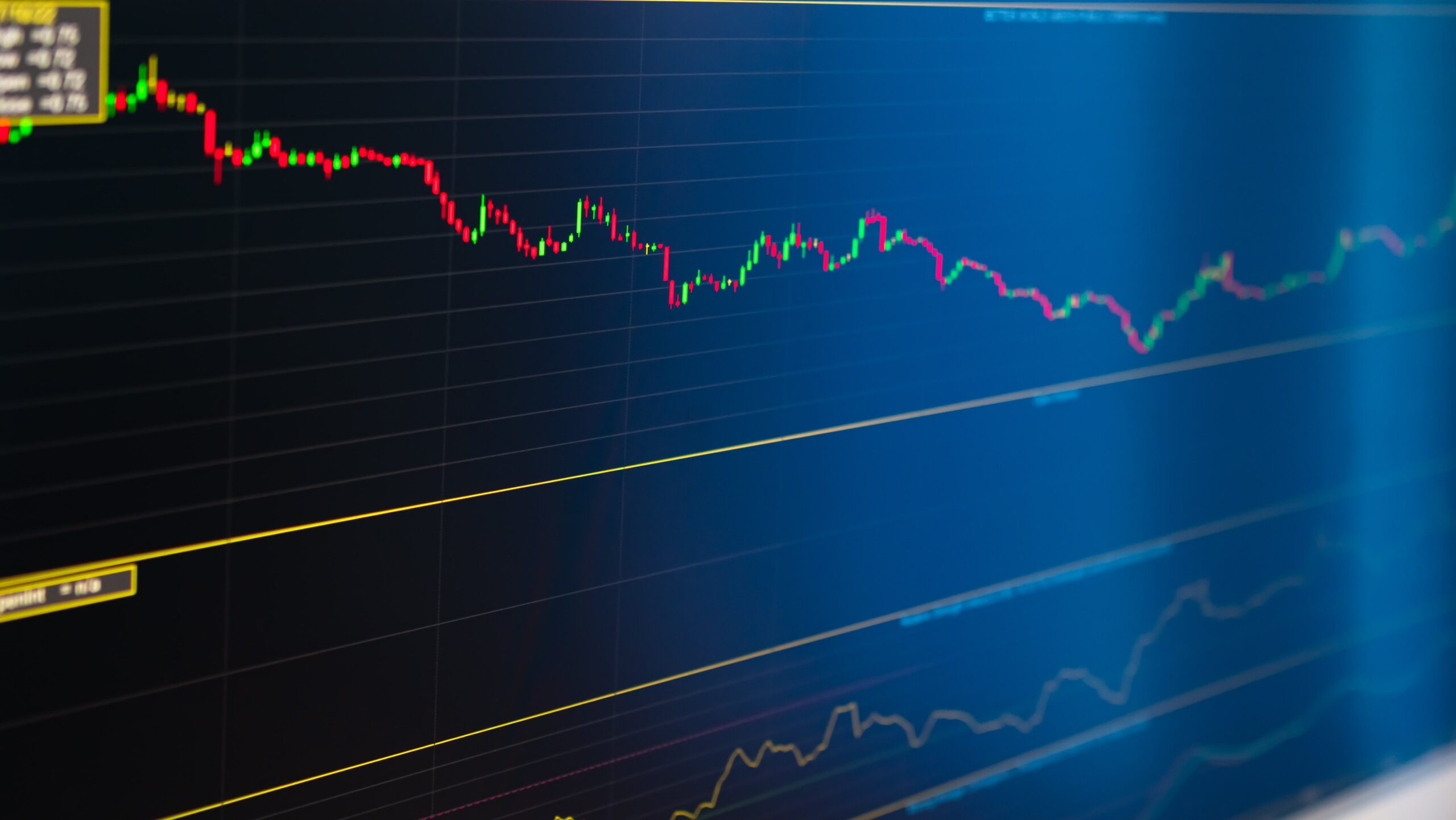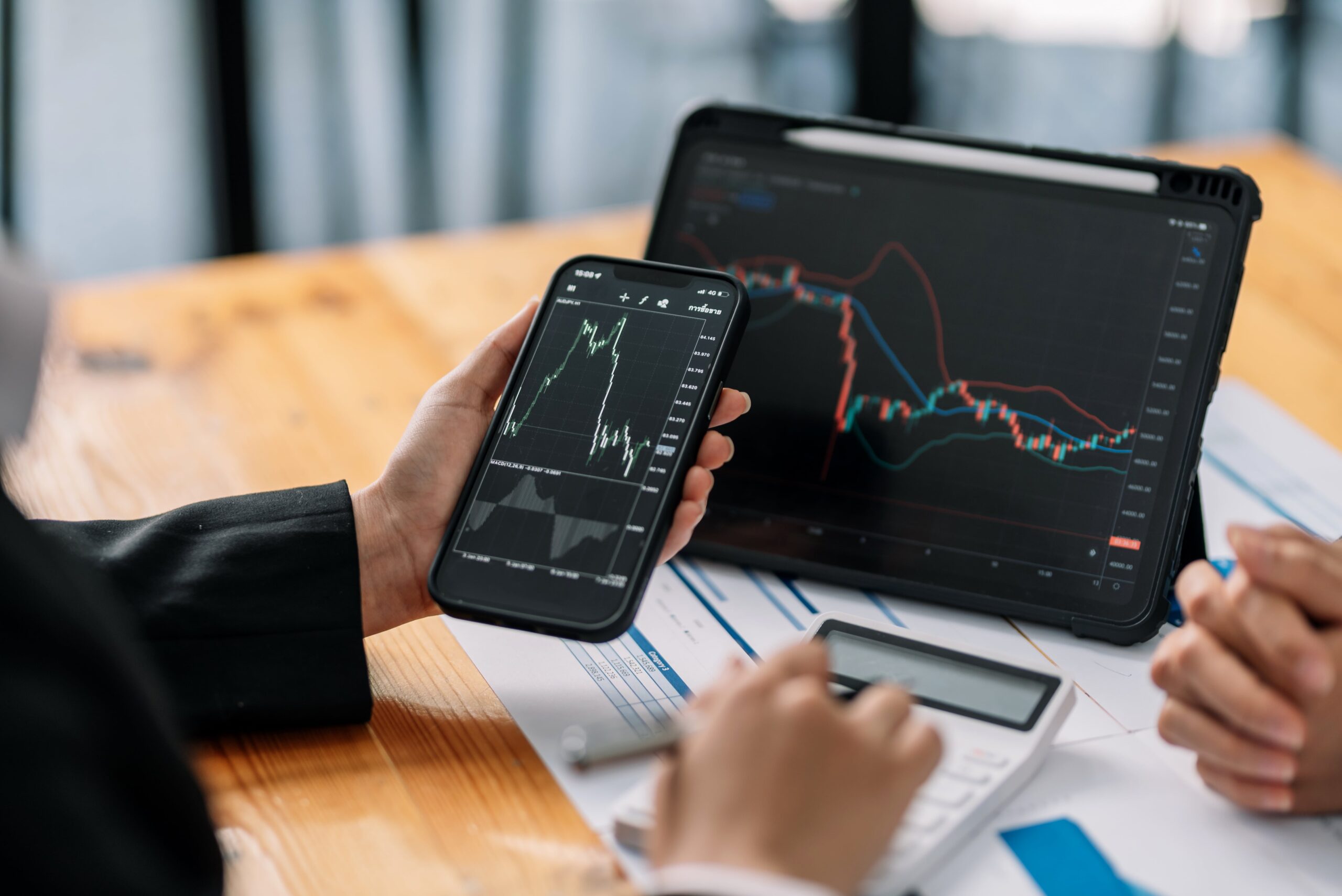In the world of cryptocurrency, choosing between day trading and long-term holding can be a challenging decision. Each approach offers unique advantages and comes with its own set of risks. This article will break down the differences, helping you decide which strategy might suit your goals, risk tolerance, and trading style best.

1. Understanding Day Trading
Day trading involves buying and selling assets within a single trading day, often within minutes or hours. The goal is to profit from small price fluctuations over a short period. To be successful, day traders rely heavily on technical analysis, indicators, and chart patterns to predict market movements. They make frequent trades and aim for consistent, incremental gains rather than large single profits.
Pros of Day Trading:
- Quick Profits: Day trading allows for the potential of fast returns since you capitalize on small price changes within a single day.
- Active Engagement: If you enjoy actively participating in the market, day trading offers hands-on experience.
- Flexible Strategy: Day traders can adjust quickly to market shifts, taking advantage of opportunities as they appear.
Cons of Day Trading:
- High Stress: The speed of day trading and the need to make fast decisions can be mentally exhausting and stressful.
- Requires Time and Skill: Successful day trading demands technical expertise, continuous monitoring, and a strong understanding of the market.
- Higher Fees: Frequent trades lead to higher transaction costs, which can erode profits if not managed carefully.
2. Understanding Long-Term Holding (HODLing)
Long-term holding, often known as “HODLing” in the crypto community, is a strategy where investors buy a cryptocurrency with the intent to hold it for months or even years, regardless of short-term price fluctuations. This approach is rooted in the belief that the asset will appreciate in value over time, particularly with major coins like Bitcoin and Ethereum.
Pros of Long-Term Holding:
- Lower Stress: Holding assets long-term allows you to avoid daily market swings, reducing the stress that comes with constant price monitoring.
- Potential for Larger Gains: Historically, holding cryptocurrencies for extended periods has led to substantial returns, especially for those who entered the market early.
- Lower Fees: Since you’re making fewer trades, transaction fees are minimized, helping you retain more of your gains.
Cons of Long-Term Holding:
- Exposure to Market Downturns: While the market generally trends upward over the long term, cryptocurrencies can experience sharp declines. Holding through downturns requires patience and resilience.
- Missed Short-Term Gains: HODLing means you won’t capitalize on short-term price spikes, which could otherwise yield profitable returns.
- Emotional Resilience Needed: Watching market drops without selling requires mental discipline and confidence in the long-term potential of your assets.
3. Which Strategy is Right for You?
Deciding between day trading and long-term holding depends on a few key factors:
- Risk Tolerance: Day trading is inherently riskier due to frequent trades and the potential for quick losses, while HODLing is suited for those with a higher tolerance for short-term volatility in exchange for long-term gains.
- Time Commitment: Day trading requires full-time dedication, making it ideal for those who have time and can monitor the market closely. HODLing is better suited for investors who prefer a more hands-off approach.
- Financial Goals: If you’re looking for quick profits and have the skills to analyze markets efficiently, day trading may be right for you. If you’re investing for the long term and are okay with potential downturns, HODLing can offer high rewards over time.

Conclusion:
Both day trading and long-term holding are valid strategies with unique advantages. Day trading offers quick returns but requires skill, time, and high risk tolerance. Long-term holding, on the other hand, is a slower but potentially safer path, benefiting those who can wait out market cycles.
Choosing the right approach depends on your personal goals, risk tolerance, and time commitment. Whichever path you take, remember that understanding the market and staying informed will enhance your chances of success in the volatile world of cryptocurrency.










